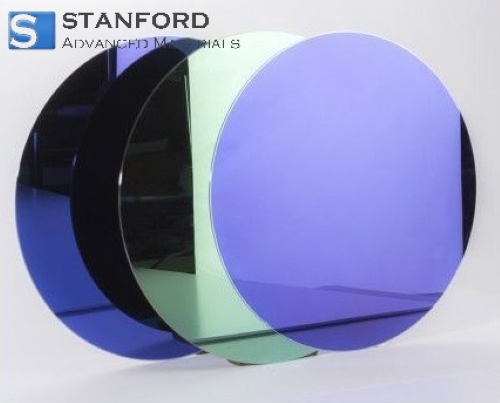An Overview of the Metal Powder
Definition
Metal powder refers to the metal particle group with a size less than 1mm, including single metallic powder, alloy powder and some refractory compound powder with metallic properties. It is the main raw material of powder metallurgy.
History of development
There is a long history of the preparation and application of metal powder. In ancient times, gold, silver, copper, bronze and some oxide powders were used as coatings for coloring and decoration of pottery, jewelry, and other utensils. In the early 20th century, the American W.D.Coolidge used the method of hydrogen reduction of tungsten oxide to produce tungsten powder to make tungsten wire, which was the beginning of modern metal powder production. After that, copper, cobalt, nickel, iron, tungsten carbide, and other powders were prepared by chemical reduction method, which promoted the development of early powder metallurgy products (oil-bearing porous bearings, porous filters, cemented carbide, etc.) Besides, the carbonyl method was also invented to make iron powder and nickel powder.
In the early 1930s, the melting metal atomization appeared. This method was originally used to make powders of low-melting metals such as tin, lead, and aluminum. By the early 1940s, it had developed into a high-pressure air atomization method to make iron powders. In the 1950s, high-pressure water atomization was used to produce alloy steel and various alloy powders. In the 1960s, a variety of atomization methods were developed to produce high alloy powder, which promoted the development of high-performance powder metallurgy products. Since the 1970s, a variety of physical and chemical reaction methods of gas and liquid phases have emerged to prepare coating powders and ultrafine powders with important applications.

Product classification
Iron powder, zinc powder, silver powder, copper powder, nickel powder, selenium powder, aluminum powder, aluminum silver pulp, alloy powder, tungsten powder, molybdenum powder, cobalt powder, titanium dioxide powder, tantalum powder, tin powder, lead powder, other metal powder.
Main performance
Metal powder is a kind of loose material whose properties reflect the properties of the metal itself, the properties of individual particles and the properties of particle groups.
Generally, the properties of metal powder are divided into chemical properties, physical properties, and technological properties. Chemical properties refer to the metal content and impurity content, while physical properties include the average particle size and particle size distribution of powder, specific surface and true density of the powder, particle shape, surface morphology, and internal microstructure. The technological performance is a comprehensive performance, including powder fluidity, bulk density, vibration density, compressibility, formability and sintering size changes.
The properties of metal powders are largely determined by the production method of powders and the preparation process. The basic properties of powders can be determined by specific standard test methods. There are many methods to determine the particle size and distribution of powders, such as the sieve analysis method (>44μm), sedimentation analysis method (0.5~100μm), gas transmission method, microscopy, etc. Ultrafine powders (<0.5μm) were determined by electron microscopy and X-ray small angle scattering. The metal powder is customarily divided into five grades: coarse powder, medium powder, fine powder, fine powder, and ultra-fine powder.

Preparing methods
Generally, it can be divided into the mechanical method and physicochemical method according to the principle of transformation, which can be directly refined from solid, liquid and gaseous metals, and can be made from metal compounds in different states through reduction, pyrolysis, and electrolysis. Carbides, nitrides, borides, and silicides of refractory metals can be prepared directly by chemical synthesis or reduction-chemical synthesis. Due to different preparation methods, the shape, structure and particle size of the same powder often vary greatly.
The preparation methods of metal powder include reduction, electrolysis, mechanical pulverization, carbonyl, direct chemical method, etc.
Main applications
* Iron powder for welding rod, flame cutting process;
* Superfine aluminum powder used for solid rocket fuel;
* Powder of nickel, iron, and cobalt used as a catalyst;
* Magnetic powders such as iron base alloy powders used in clutches, tapes, and copiers;
* Aluminum, magnesium and iron powder used in deoxidizer, chemical reagent, metal thermal reducer, replacement agent, etc.; Aluminum, copper and other powder used for surface coloring, decoration, paint pigments, and paint;
* Iron and copper powder for electrochemical deposition of metals.




